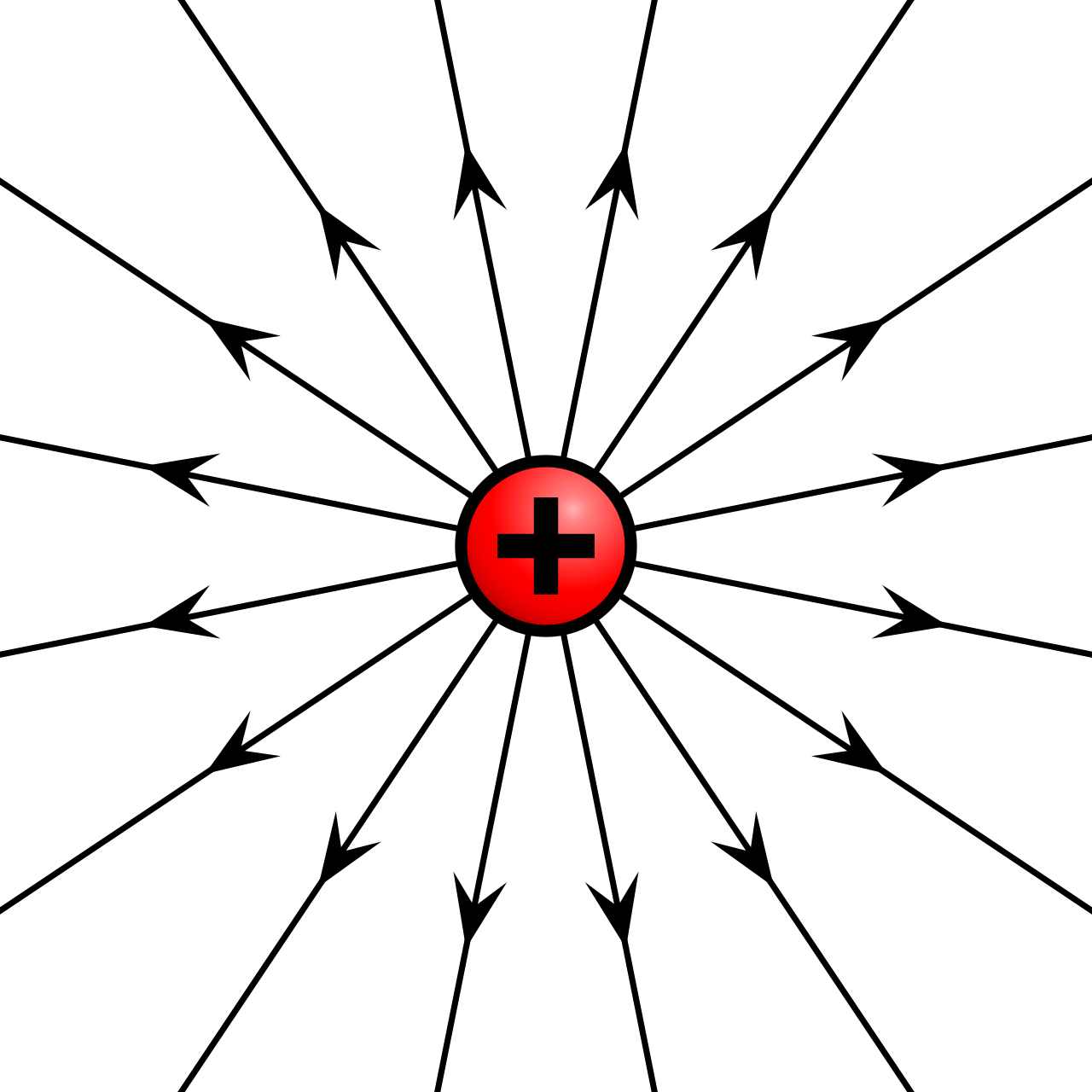8. Electrostatics
Overview
Slides
- 8.1 Intro to Electrostatics
- 8.2 Polarization
- 8.3 Charge by Contact and Grounding
- 8.4 Charge by Induction
- 8.5 Electric Fields and Coulomb's Law
Skills and Understanding
- Basic structure of the atom includes neutrons and positively charged protons in the nucleus surrounded by a cloud of negatively charged electrons.
- Opposite charges attract. Like-charges repel.
- An atom with a balance of negative and positive charges is net neutral. A non-neutral atom is an ion.
Equations
\[ \begin{array}{cc} F_{e} = k \frac{q_{1} q_{2}}{d^{2}} \quad \quad \quad \quad \\ \end{array} \]Vocabulary
- Ion An atom with a net positive or net negative charge (not neutral).
- A conductor is a material that allows for the flow of electric charge.
- An insulator is a material in which electric charge does not flow freely.
- Charge is a property of matter, which can be positive or negative. A charge experiences a force when in an electric field. A balance of positive and negative charges is neutral.
- Ground is a source and sink for charge in an electric system. It can supply electrons or remove them when needed.
- Electric Field
8.1 Intro to Electrostatics


8.2 Polarization
8.3 Charge By Contact
8.4 Charge by Induction
8.5 Electric Fields and Coulomb's Law
 1. Simple Motion
1. Simple Motion 2. Accelerated Motion
2. Accelerated Motion 3. Projectile Motion
3. Projectile Motion 4. Newton's Laws
4. Newton's Laws 5. Momentum
5. Momentum 6. Energy
6. Energy 7. Heat
7. Heat 8. Electrostatics
8. Electrostatics 9. Circuits
9. Circuits 10. Magnetism
10. Magnetism 11. Waves
11. Waves